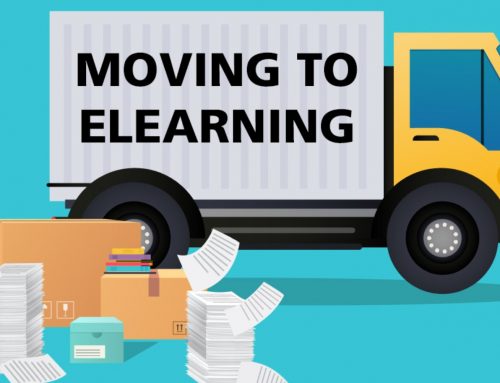 We’re well beyond the debate as to whether games-that-teach enhance the delivery of learning content (they do), so why aren’t we seeing more of them? The two biggest challenges we encounter are:
We’re well beyond the debate as to whether games-that-teach enhance the delivery of learning content (they do), so why aren’t we seeing more of them? The two biggest challenges we encounter are:
- The perception that they take a long time to design and build and are, subsequently, very expensive.
- A perceived need to be the next incarnation of World of Warcraft in order to capture the learner’s attention.
We were at an educational gaming conference a couple years back, where a grant was awarded for the design and production of a game prototype in support of a specific curriculum. Twenty-seven months and tens of thousands of dollars later the project is still in development. The developers are the only beneficiaries of learning in that scenario.
Games (or challenges as we also call them) don’t have to be elaborate to be effective. The goal is to connect the learner to the content by disrupting and stimulating their learning pattern. Like an image, an illustration, or a graph, a game can be a simple element that reinforces a single concept as opposed to encompassing an entire course’s content. And effective, Flash-based games can be developed in days and weeks, not months. Both projects below were developed in less than 3 weeks for under $6,000 each.
Barista University Training Demo
Dental Tray Challenge Demo
Thinking of adding a game to your next learning, training or marketing communication project? Challenge your creative team with these directives and you’ll have a winner.
- Choose your battle – identify the single “walk-away” concept the learner must get.
- Replicate then innovate – chances are, a game or game structure already exists and can be adapted. Go there first.
- Literal works – one of the tenets of online learning is “relevance” and nothing is more relevant to a learner than a literal challenge.
- Incorporate branding – even hints of visual familiarity help connect learner to content (and sponsor).
- Budget first – if the game is a component to a larger project, determine a budget that makes sense and give it to your developer.
- Feedback & Measurement – the best games give the learner immediate feedback and let them know how they did relative to other learners; and of course, always capture performance metrics for management analysis.
Give us a call or click if you’d like to see or learn more.





